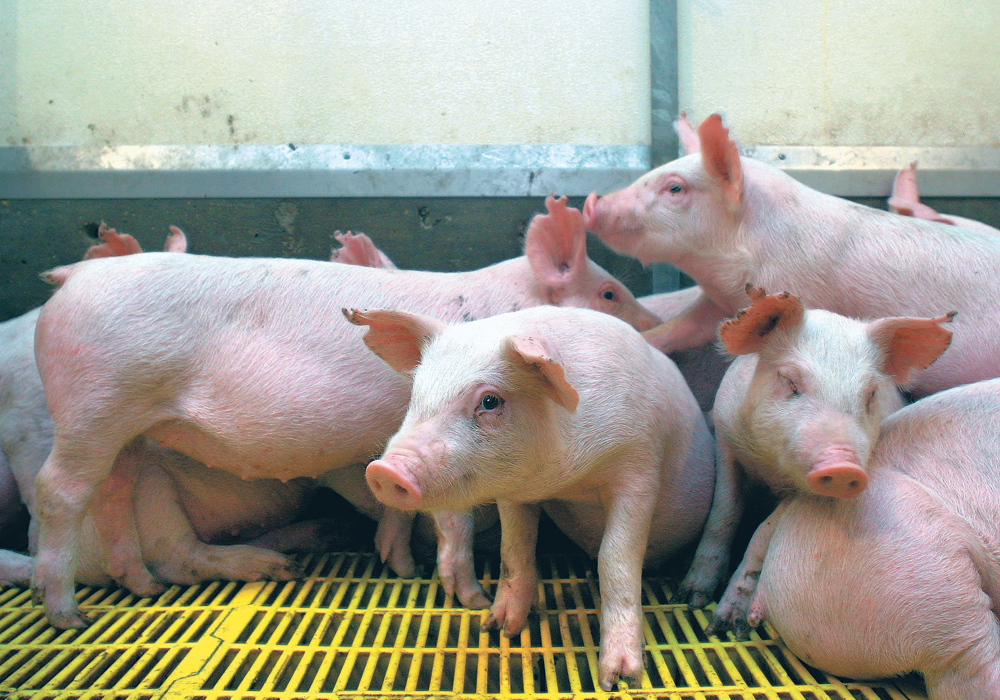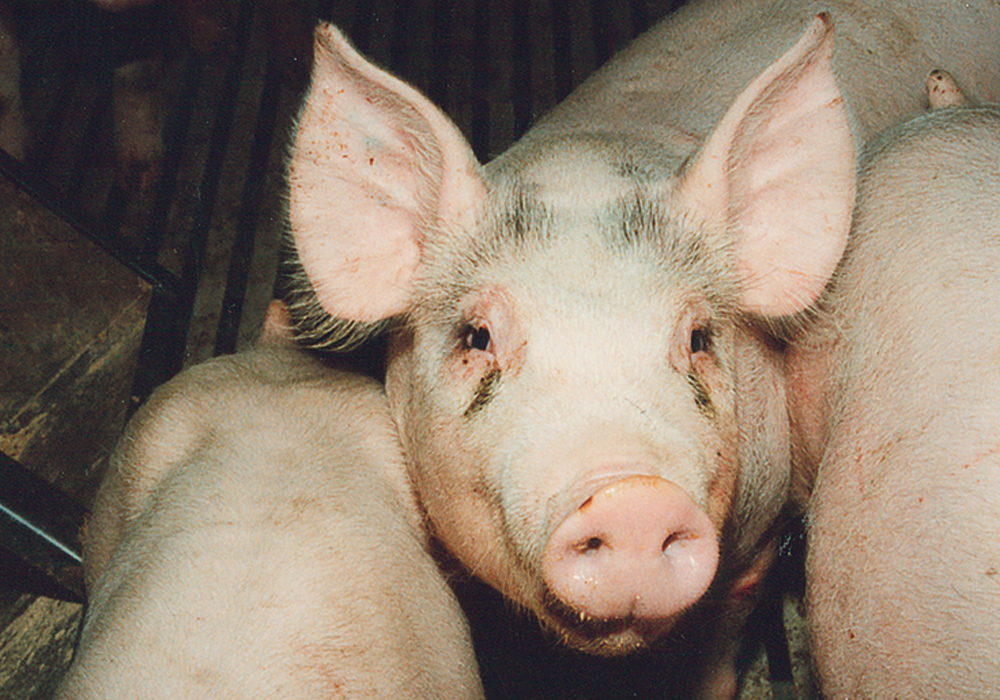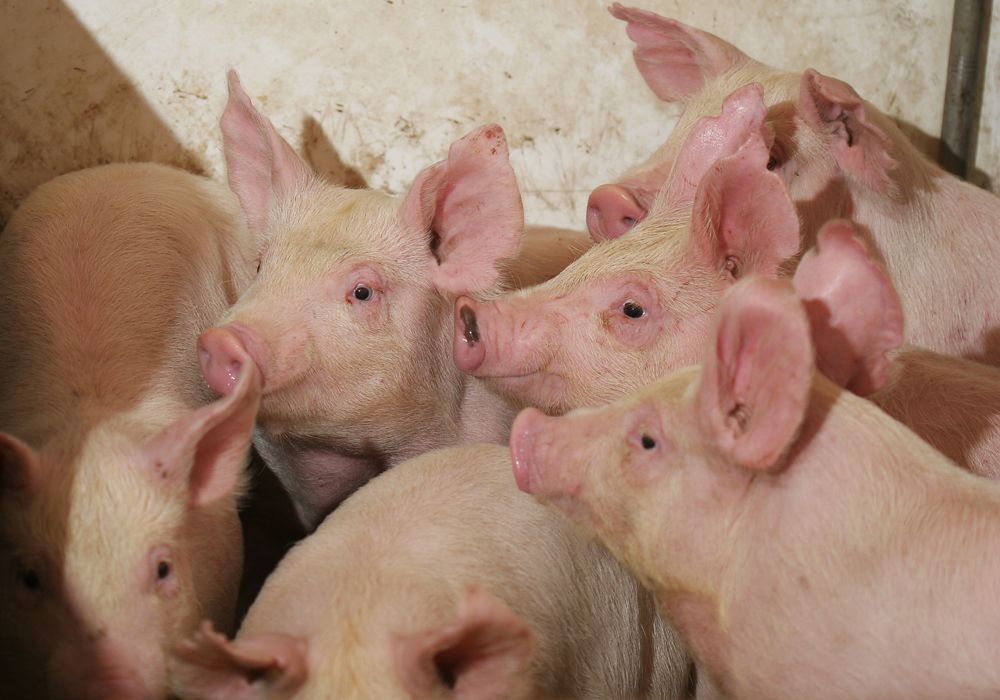If the disease appears in Canada, countries could ban imports of Canadian pork and cause billions in economic damage
Canada continues to import pork from Poland, even though the country has had hundreds of cases of African swine fever.
For the first 11 months of 2018, Canada imported more than $25 million worth of pork from the European country, based on Agriculture Canada data.
Infected meat is the primary vector of African swine fever, a viral disease that can cause fever, internal bleeding and high death rates in hogs.
Humans are moving the virus by transporting infected meat and feeding it as scraps to pigs. As well, wild boars could consume the meat and then transmit the virus to domestic pigs. The disease has infected hog herds in China, Vietnam, Russia and much of Eastern Europe. If it did appear in Canada, other countries might ban imports of Canadian pork, which could cause billions in economic damage.
Read Also

First annual Ag in Motion Junior Cattle Show kicks off with a bang
Ag in Motion 2025 had its first annual junior cattle show on July 15. The show hosted more than 20…
Al Mussell, an economist who studies Canada’s livestock industry, said importing pork from Poland is a real threat to Canada’s hog industry.
“My colleague Ted Bilyea tells me that the pork imports from Poland are entering as chilled and frozen according to (international custom) codes (as opposed to cooked),” said Mussell, research lead with Agri-Food Economic Systems in Guelph, Ont.
“From the perspective of ASF, this is something approaching reckless. I don’t understand why this is occurring.”
Most of the pork exported to Canada is likely ribs. Canada typically has a deficit in pork ribs, and the majority of Polish imports are arriving in the spring before barbecue season.
An outbreak of African swine fever in Canada could devastate Canada’s hog industry. So why allow imports from Poland?
Gary Stordy, the Canadian Pork Council’s director of government and corporate affairs, said Canada is permitting imports of Polish pork only from geographic zones that are free from African swine fever.
“The meat coming into Canada is tested for ASF and it’s coming from the regions … that (have) not tested positive for ASF.”
The pork council supports the concept of biosecurity zones because if African swine fever was detected in Ontario, for example, Canada could still export pork from Western Canada.
By taking such a position on Poland, Canada would expect its global partners “to recognize that same process if ASF was ever found here in Canada,” Stordy said.
Mussell said it all comes down to trust. Does Canada believe Poland has this disease under control? Can Poland keep it out of geographic zones where pork exports are permitted?
“Do they have one person designated … as the (disease) inspector for each zone?” Mussell said. “What resources are they prepared to throw at this…. What exactly are they doing?”
He said allowing pork imports is a risk if Canadian officials don’t have full confidence in Poland’s approach to ASF.
“We’re falling back on the integrity of the system in Poland … (and) there is a whole lot of faith being placed on that.”

















